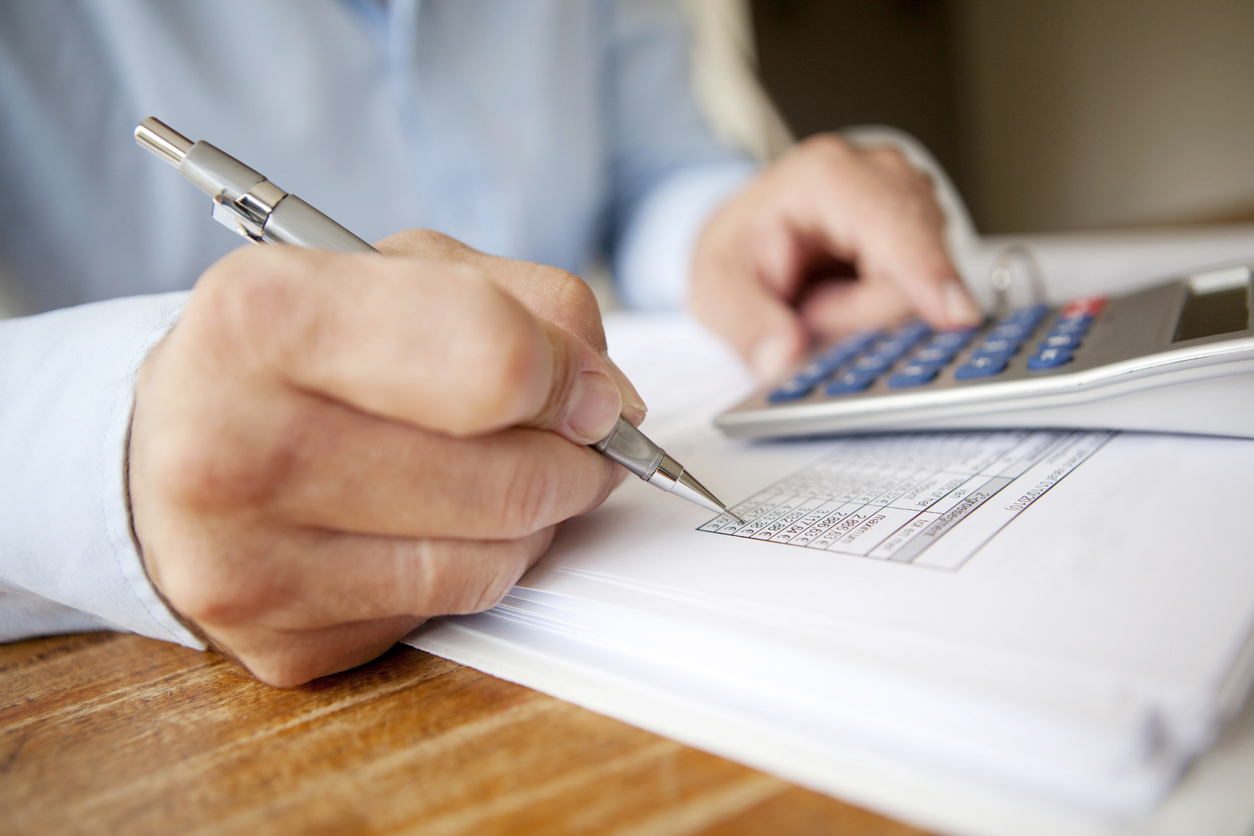
The two most important financial records in your business are the income statement and the balance sheet. While the income statement shows the financial performance of your business over time, the balance sheet shows your financial performance at a particular date. It shows all the assets you have and who owns them. This article will dissect the balance sheet to better your understanding.
Assets refer to all the things that your business possesses. For instance, if you are in the business of selling smoked fish, and you have them in stock, then that inventory is part of your assets. Other assets that your company might own include cash, office furniture, motor vehicle, machinery, and debt.
Keep in mind that even if you borrowed money to buy an asset like office furniture, you would still record the furniture in your balance sheet as an asset.
Liabilities are debts owed by your business to other parties. They include purchases made on credit, credit card balances, late expenses, warranty liabilities, and bonds payable, among others. In the above example, the amount borrowed to buy furniture will be recorded as a loan under liabilities.
Owner’s equity refers to the percentage of the business assets that you, the owner, owns. It means that if your business assets were to be sold off, the owner’s equity would be the amount that remains after clearing all the liabilities of the company.
Fully understanding the balance sheet requires you to know the balance sheet equation. The balance sheet is divided into two parts: one part has assets, and the other part has liabilities and owner’s equity. These two parts always add up to the same amount, and that’s where the name balance sheet comes from.
Hence, the balance sheet equation is: Assets= Owner’s Equity + Liabilities. This equation communicates that both you and creditors own all the assets in your business.
Getting a good grasp of what a balance sheet is can help you improve the performance of your business. However, it can be challenging to deal with individual items of the balance sheet. That’s where we come in. We can help you understand them and make better business decisions. Contact us today!

Tax Tips for the Self-Employed – Foster Financial
Analyzing the Cost vs. Benefits of Business Expenses
Strategies for Optimizing Your Investments